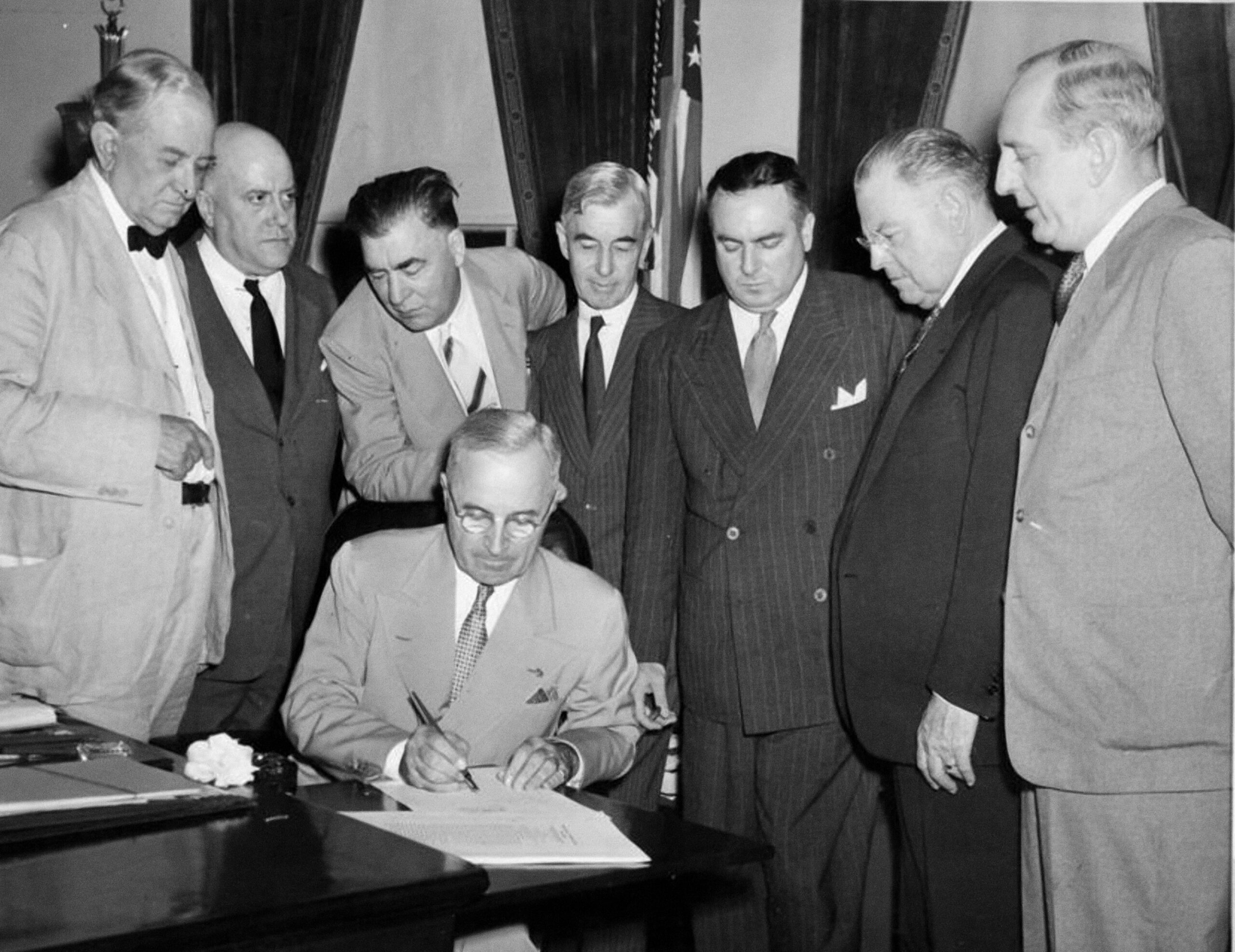It’s March 28, 1946. The atomic bomb had recently been used for the first time, and the Cold War was just starting. In response to the sudden nuclear danger, a report was compiled on dealing with the dangers of nuclear proliferation. It called for control of the weapons internationally and doing everything possible to avoid the risk of nuclear war. It was promptly ignored.
President Harry Truman did not know how to deal with the burgeoning nuclear crisis. Some of his advisors said that America should rely on its advantage of being the only country with nuclear weapons. With this head start, America should develop weapons and use fear and intimidation to keep Stalin’s Soviet Union under control. Others of his advisors said that, due to the nature of science, the Soviets would inevitably develop nuclear weapons themselves. Therefore, it was best to make an offer of not developing them and use that offer to negotiate with the Soviet Union over a deal for both countries to give up nuclear research and development.
Truman eventually appointed Secretary of State Dean Acheson, a proponent of the disarmament approach, to develop a nuclear weapons policy for America. The result was the Acheson-Lilienthal Report.
Some attempts were made initially to follow through on the report’s recommendations. However, mistrust between the two superpowers ran too deep. Truman did not want to compromise with the Soviets too much, and the Soviets didn’t trust Truman’s plan. So the Acheson-Lilienthal Report was forgotten, nuclear weapons were built and stockpiled as quickly as possible. The Soviets developed their own atomic weapons, and the arms race began.

